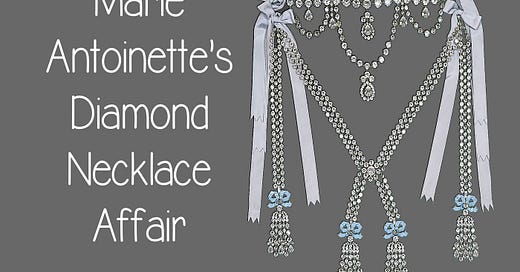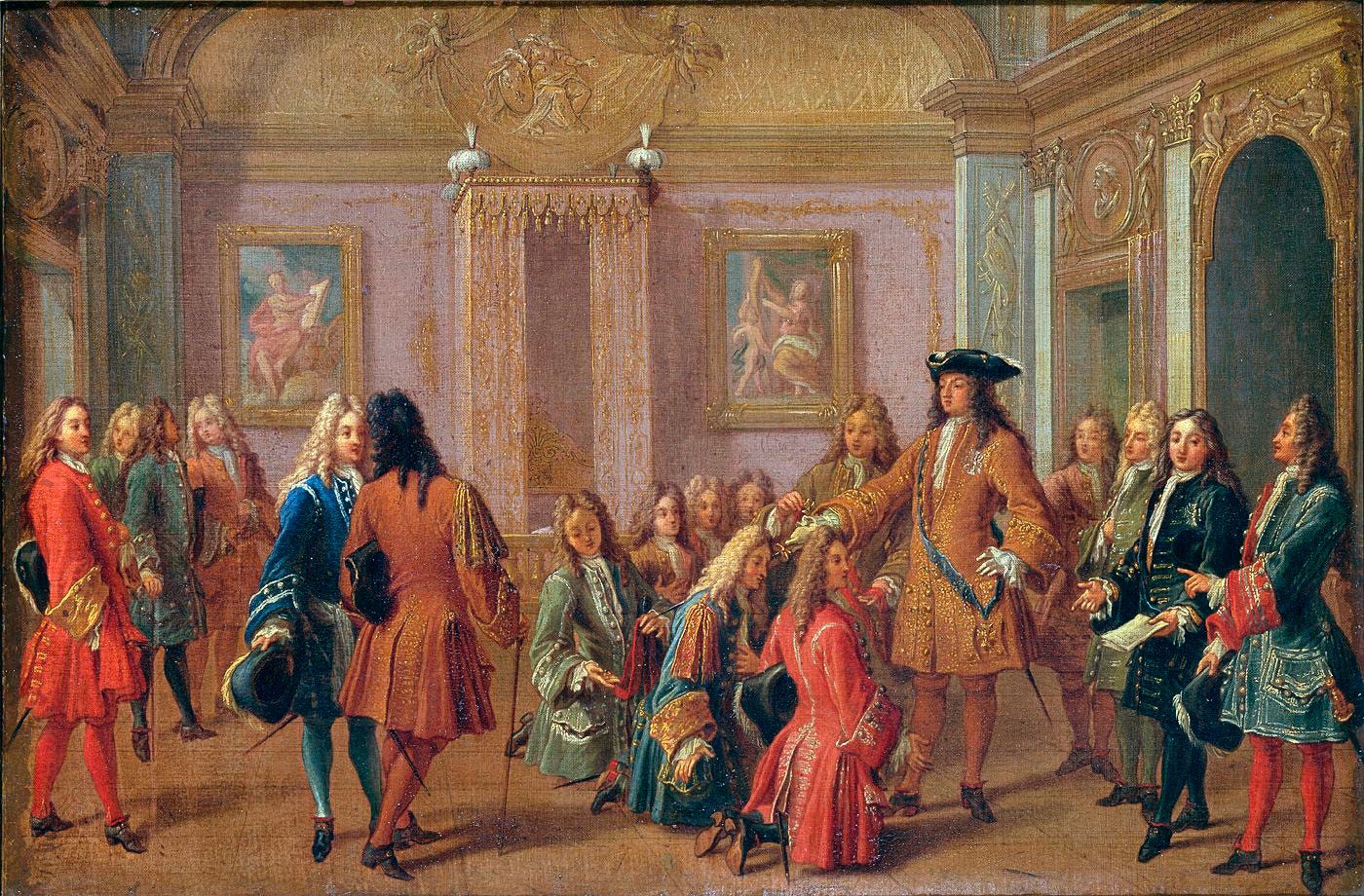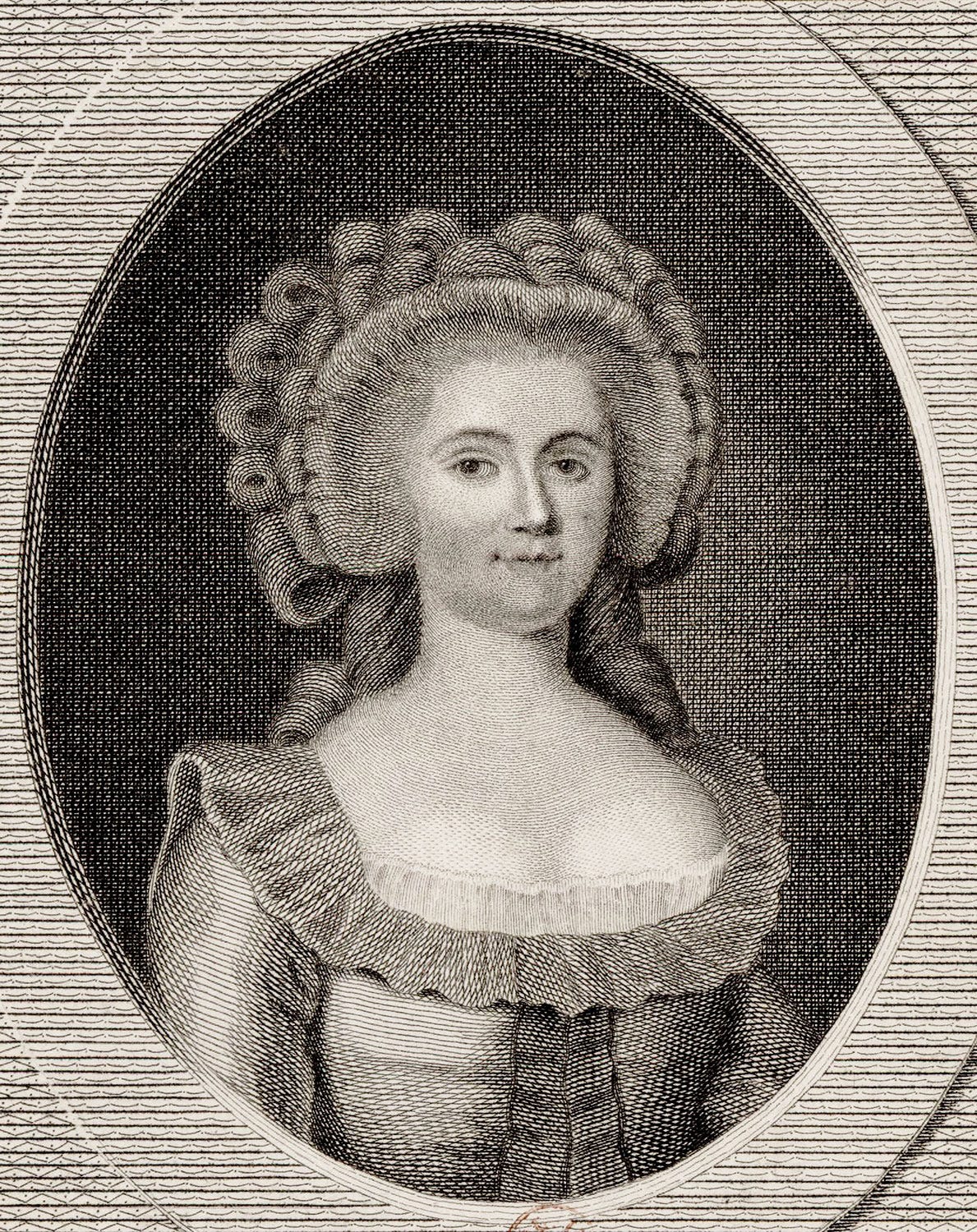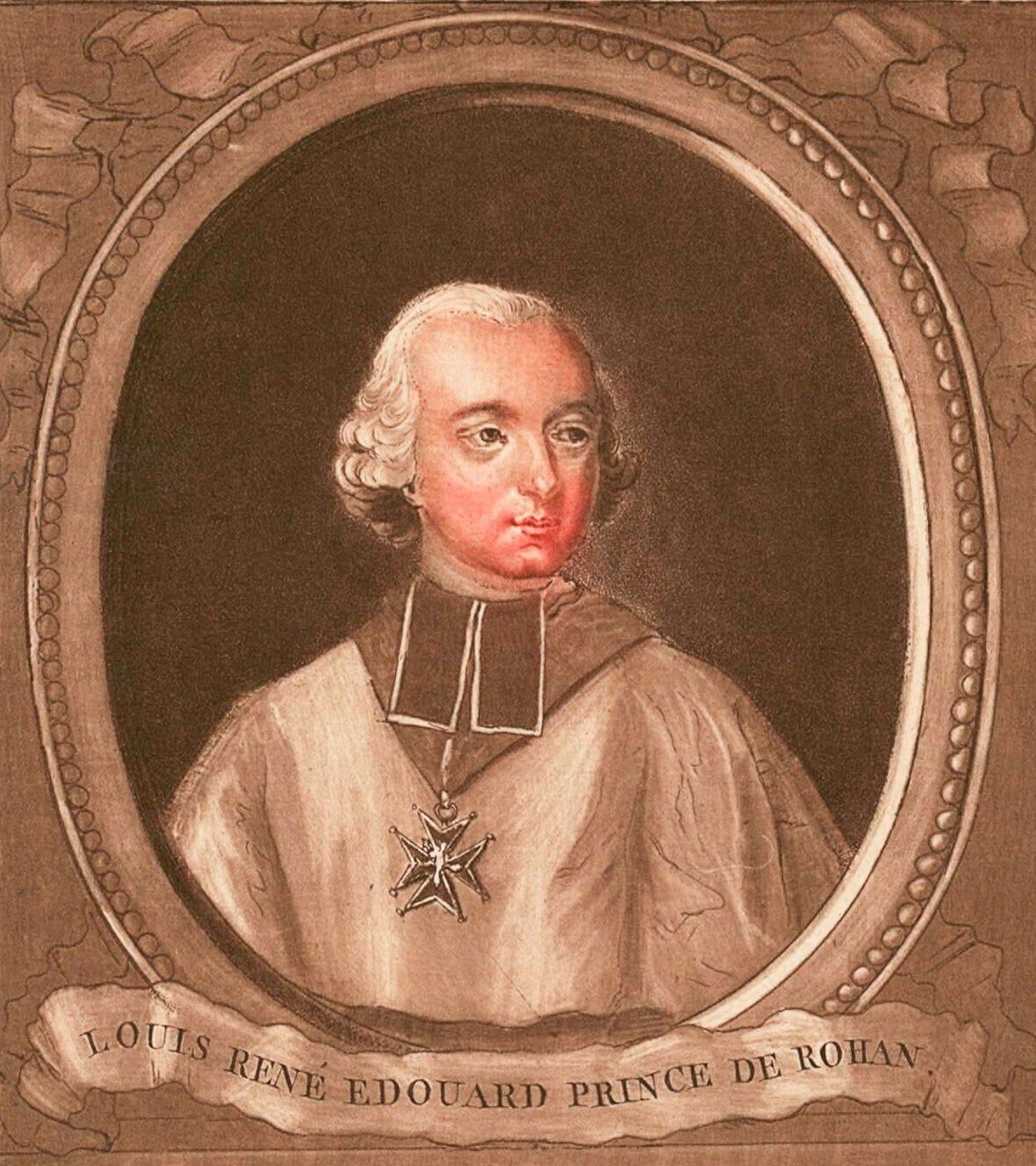History Is Often Better Than Made-Up Stories
Marie Antoinette's Diamond Necklace Affair
Even Hollywood would not have dreamt up such a story.
We are in 1780s Versailles. The valuable treasure waiting to be stolen is a necklace set with 2,800 carats of diamonds.
In his 60s, Louis XV commissioned the necklace for his beautiful mistress, Madame du Barry.
But he died, and for over ten years, the jewelers sat on a considerable investment and desperately needed to sell it.
The price was so high that Louis XVI and Marie Antoinette were among the few who could afford it.
The jeweler threw himself at the feet of the Queen, threatening to commit suicide if she didn't buy it.
But Marie Antoinette hated Louis XV's mistress, so she was not keen on something associated with her. Furthermore, by now, the necklace was 'old fashion' anyway.
There was also this little adventure her husband had entered: financing the American Revolution.
And sending weapons, engineers, soldiers, sailors, and ships across the Atlantic was costly.
Marie Antoinette, for once, thought of fiscal restraint and that the budget for an expensive necklace might be better used on boats.
Being in the Queen's favor
The next thing to comprehend was what life was for the thousands of powdered and bewigged nobles stacked into a huge castle, Versailles.
They might be nobles, but there still is a pecking order. The best way to be on top of the pile was to please the King and Queen and be in their favor.
To achieve this, one needed to know how to shower them with compliments and gifts.
This is l'affaire du collier, the Affair of the Diamond Necklace.
The Fake Countess
Jeanne spent her childhood in poverty. But because she had drops of royal blood—as a descendant of a King mistress—she was saved from living the life of her fellow citizens, receiving a stipend and education.
She married a Count with a dubious title, allowing them to mingle with nobles at the court of Versailles.
Jeanne had a lover, another fake 'Count,' Louis, who was a pimp, a gigolo, as well as a forger.
Wife, husband, and lover are happy to scheme ways to get rich.
See the odds of Hollywood coming up with that?
The leader was Jeanne, and she saw an opportunity in the jeweler's eagerness to find a buyer for the necklace. All she needed was a mark.
A wealthy mark, Cardinal de Rohan
Cardinal de Rohan was from an old noble family. He was in charge of the Royal Chapel of Versailles. Someone with a keen taste for the fine things of this world, particularly beautiful women.
That was one of many reasons why Marie Antoinette disliked him and refused to talk to him.
Hence, he was desperate to find a way to gain her favor.
Jeanne, who pretended to be close to the Queen, became Rohan's mistress, and he became her dupe.
She whispered in his ear that the necklace would be his ticket to Marie Antoinette's friendship.
The mark almost bit the hook. But he wanted proof and asked the Queen to tell him in person that they would be in the best of terms if she got the necklace.
Jeanne set up a discreet encounter in Versailles' gardens at night.
A prostitute posing as the Queen of France
Having a lover who not only could forge handwriting but was a pimp came in handy.
He knew that a prostitute named Nicole resembled Marie Antoinette.
There is a French saying that all cats are grey at night. It's almost midnight, and this is what Cardinal sees:
A lady very much looking like this, holding a rose, who has the time to say she's ready to forget about past disagreements before she disappears into the night.
While Rohan was still daydreaming about that magic encounter with the Queen, he received a letter in which Marie Antoinette regretted how short their meeting was.
He bit the hook, line, and sinker.
Dupe agrees to be the straw man for the Queen
Jeanne's next move was to convince the jewelers of her plan. She told them the Queen wanted the necklace but could not purchase it openly, and Cardinal de Rohan was to act as a front for her.
They received a forged letter confirming that Marie Antoinette secretly agreed to the sale. But the jewelers failed to notice that it was signed "Marie Antoinette de France."
It was not a tiny deail, but a code red alert that it was a forgery: no King or Queen would ever mention 'of France.'
The Cardinal signed the sale deed, was handed the necklace, and gave it to Jeanne in the name of the Queen—or so he thought.
Jewelers spooked at lack of payment
Worried, the jewelers told the Queen's lady-in-waiting that payment was still due.
And that triggered l'affaire.
Marie Antoinette had done nothing wrong in that case except being the victim of a con.
The King and Queen could have chosen to bury the scandal. Instead, Louis had the Cardinal publicly arrested and thrown in the Bastille.
Which was turning a bad situation into a catastrophe. A public outcry ensued, and in the words of a witness:
"It was like throwing a fuse on a barrel of powder which exploded with a terrible roar."

The diamond necklace scandal is one cog in the mechanism leading to the French Revolution. Seen two centuries later, a story like that looks like fiction, but it is true.
At the time, the rumor mill and the cheap newspapers amplified a mix of reality, propaganda, and slander.
That is why we still repeat as fact what Marie Antoinette said about the starving populace:
"Let them eat cake".
Except she never said that. But it sounded like something she would say, and the lie stuck.
Unbelievable vs believable
The unbelievable—the con; a prostitute posing as Queen—was true, and the believable—let them eat cake—was not.
We are in a far worse situation today, when fact-checking has been abolished, and AI can invent made-up stories faster than a Hollywood scriptwriter.
Historical truth is not just interesting; it is thought-provoking
It is not just facts that are in doubt, but images, as it becomes difficult to believe our own eyes when photos and videos seem real but are entirely fake.
Yet, the reality of history and art is captivating.
Reading stories based on fascinating historical facts can be entertaining and educational.
It is enlightening to discover artworks and monuments that are not just illusions on a movie set or bits and pixels but actual sites you can one day see for yourself.
Moments of Wonder is an educational read that entertains you while drinking your morning coffee and inspires future travels.
Notes
Souvenirs du Baron de Frénilly, Pair de France (1768-1828)
https://en.chateauversailles.fr/discover/history/key-dates/affair-diamond-necklace-1784-1785










